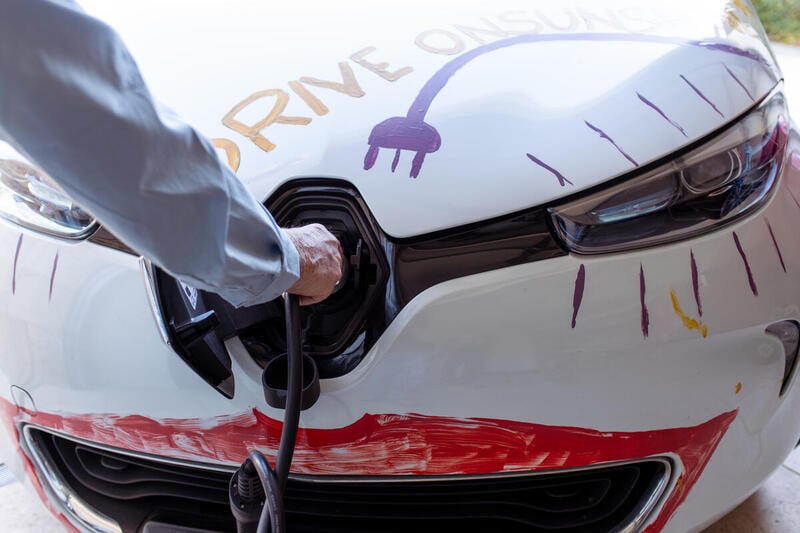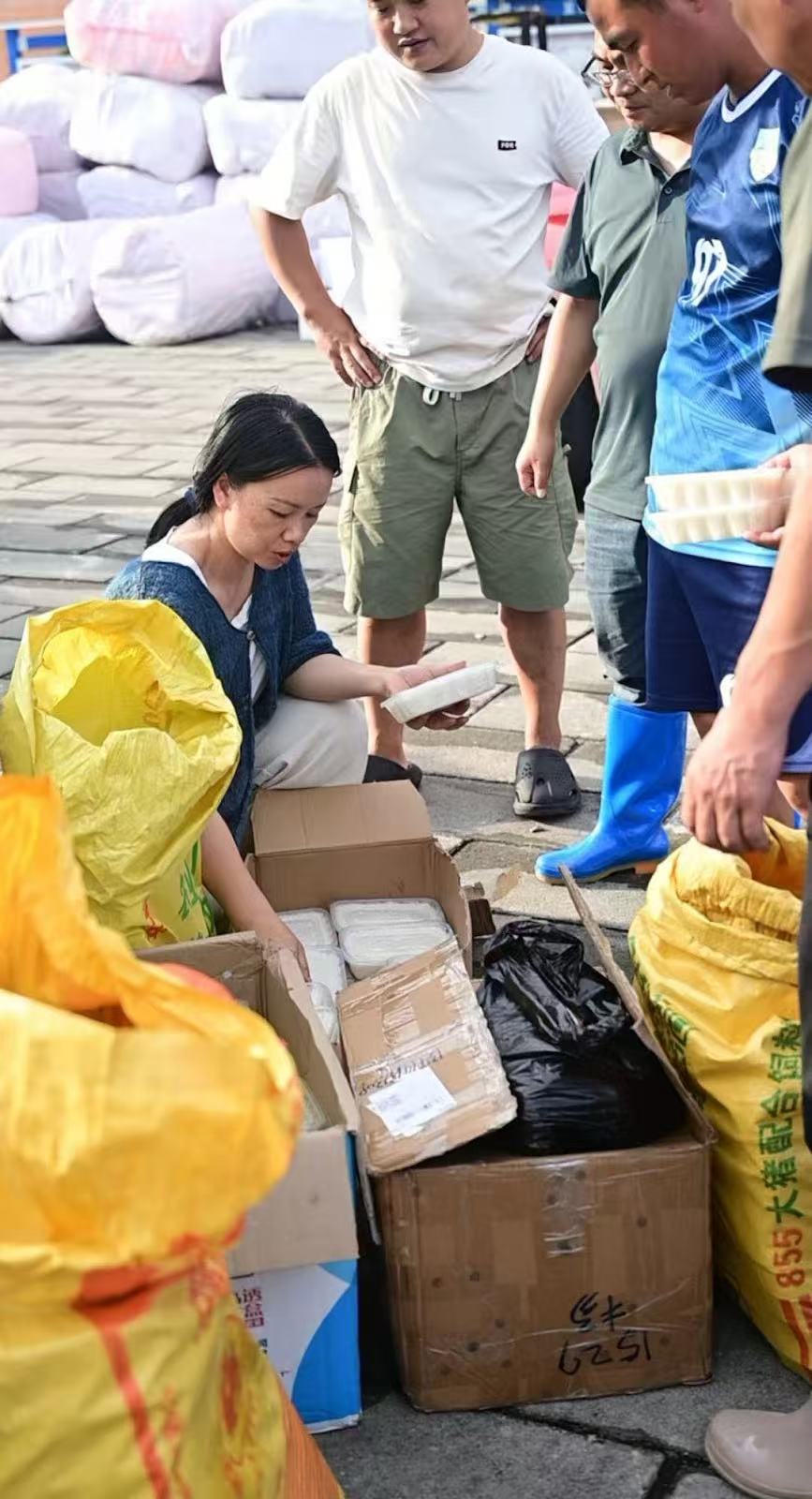Foreword: A lot could have been done in 10 years, and so do the changes we the Greenpeace have made in Fukushima. Compared to the lasting impacts of the nuclear crisis in world history, I often feel time runs short, and our efforts spent yet to be fully paid off. The radiation contamination can by no means be cleaned up overnight. Still, we keep sharing with the public alarming figures of radiation documented in Fukushima over the decade, and our survey in the prefecture will continue. Yes, the reality is sad and somehow frustrating, yet it pushes us to work even harder to keep working on the radiation impact of the Fukushima nuclear disaster.
Witnessing the reality of contamination
On March 11, 2011, a devastating earthquake struck Japan. The tsunami it caused triggered the meltdown of Fukushima Daiichi Nuclear Power Plant. This catastrophic nuclear radiation leakage incident was rated level 7, top of severity rating, indicating its widespread contamination with serious and health effects among other consequences. A decade since then, my Greenpeace colleagues from regions of the world and I went to Fukushima for over 30 survey visits, conducting investigations into the consequences of the disaster as well as radiation protection work in restricted areas 20 to 30 km from the Nuclear Plant at the Fukushima town.
Witnessing the evacuated prefecture at the very first visit, I was speechless with shock. Nearly empty streets with people seldom in sight even about 60 km away from the Fukushima Daiichi Nuclear Power Plant. As a matter of fact, I could not judge how risky the areas were even though the radiation level is much exceeding that in the normal environment, not till the personal dosimeter I wore alerted me of this.
A local resident I met, Ms. Mizue Kanno from Namie of Fukushima prefecture, reckoned her first encounter of such intangible alerts, “people in protection gears were yelling to us, ‘Danger! Please leave soon, at least 30 km from here!”… I couldn’t tell then but I understand their worries now. I wish the public would be aware of the risks in radiation, not through familiar senses that we have ever experienced: we can’t see it, and we can’t smell it and could even taste nothing. We can’t tell radiation ever exists till the time our health turns terribly bad!” Attempting to alert more people of radiation risks, Ms. Kanno felt frustrated she stuck for words how the message could be conveyed.
The scene in Fukushima was a doomsday that came true to me, it felt like sci fi blending with reality. The experience was surreal. In face of the radiation contamination reality, Ms. Kanno demonstrated the strong spirit found in the locals, unlike individuals like me to Fukushima. We intentionally put ourselves there for investigation was only a short stay, whereas Ms. Kanno has to deal with the cruel reality every single day that, since the evacuation a decade ago, her departure from hometown could have been forever.
Ancestral Homes of No Return
Originally resided in an ancestral home in Iitate, about 30km away when the nuclear reactors fallout happened, Mr. Toru Anzai could not but evacuate to a temporary shelter 50 km from Fukushima Daiichi Nuclear Power Plant since the nuclear disaster, given the radiation level of his homeland remains significantly high. Although the Japanese government announced areas of Iitate village as a “resume normal” zone and encouraged the former residents to return to it, we detected radioactive “hot spots” in the area and its surroundings, implying the level remained exceeding the normal limits. Taking into consideration health and safety concerns of the family and his own, Mr. Toru, now aged over 70, had to leave behind his ancestral home in Iitate for good, and established a new life elsewhere since the evacuation order was imposed a decade ago. Painful to note, cases like Mr. Toru are commonly found in Fukushima.
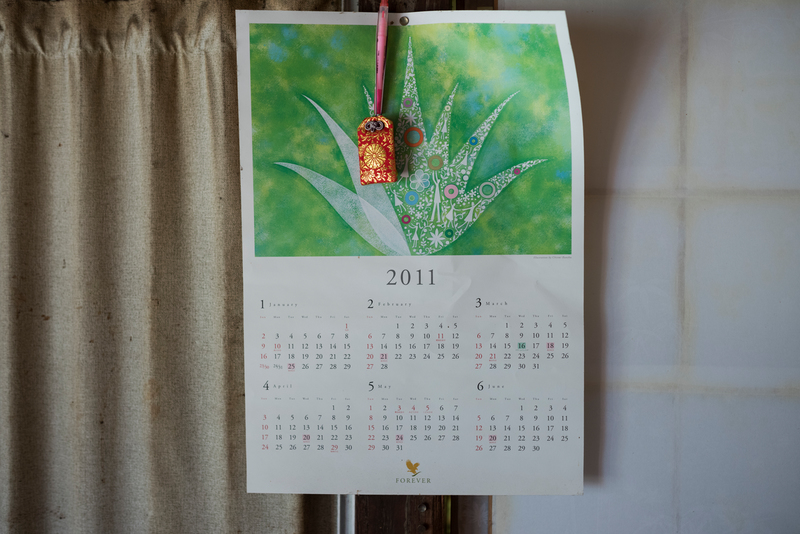
Abnormal Cumbersome of the Radiation Survey
Before being allowed to enter the designated zones for the radiation survey in Fukushima, we were demanded to get through a series of cumbersome administrative procedures: from request for invitation by local residents, application for entrance permit issued by Tokyo Electric Power Company, verification of the obtained written permit by checkpoint duty officers at site, further verification of registered individuals and car licences for entrance, to collection of personal protection materials and radiation dosimeter. The exit procedure is equally demanding. We got to return to the checkpoint at the designated time, undergo a radiation check, put off our protection clothing, return our personal dosimeters, before we were allowed to leave.
My heartfelt thanks to the duty staff, for their patience and professionalism. Daily tedious work like this is far beyond a normal life, yet it has become daily practice of the evacuated residents in Fukushima. A hometown once they could move around freely is now divided into zones by levels of radiation risks. The risks of these areas could not be realized though, by the general public, without radiation measurement or detection devices like radiation dosimeters.
After the nuclear disaster and in particular the recent years, the Japanese government has deliberately lifted some restricted zones, encouraged the evacuated residents to return, despite the fact that the Greenpeace has recorded radiation levels there higher than international norms in multiple and even hundred times. Human exposure to these contaminated areas for a considerable period of time, not to say to reside at it, could have serious implications for health risks.
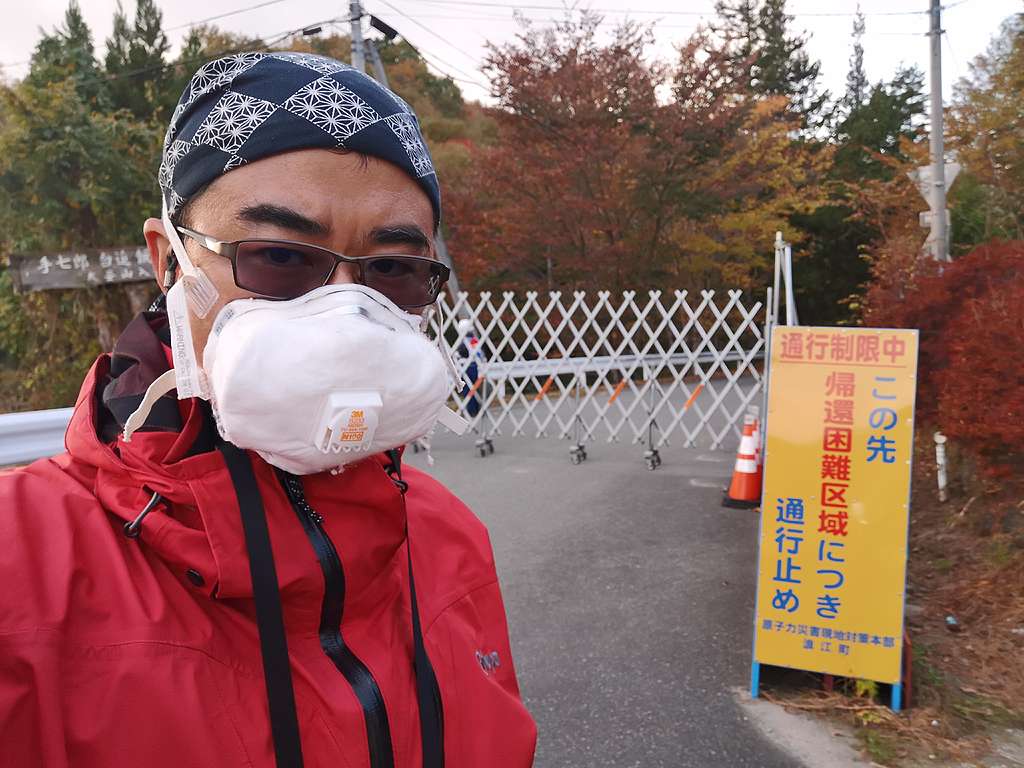
Investigate, Document, and Publicize
Since the nuclear disaster in 2011, we keep investigating radiation risks in Fukushima annually and publicize our findings of its real contamination situations to the world. Here is an unusual observation, more people can be found in Fukushima recently, despite recontamination of freshwaters and rivers in its various regions as revealed in our survey reports. Radiation levels documented were higher than the pre-disaster environmental radiation norms over the decade. Apparently, people have got used to the “new normal”, but are they equipped with sufficient personal protection gears? Do they fully understand the health implications of the radiation readings recorded in areas they expose themselves to?
Before ensuring tank water stored at the Fukushima Daiichi site is completely decontaminated, I hope the Japanese government would not allow discharge of over million tonnes of radioactive water to the Pacific Ocean, for interests of public health and ecology to its neighboring regions.
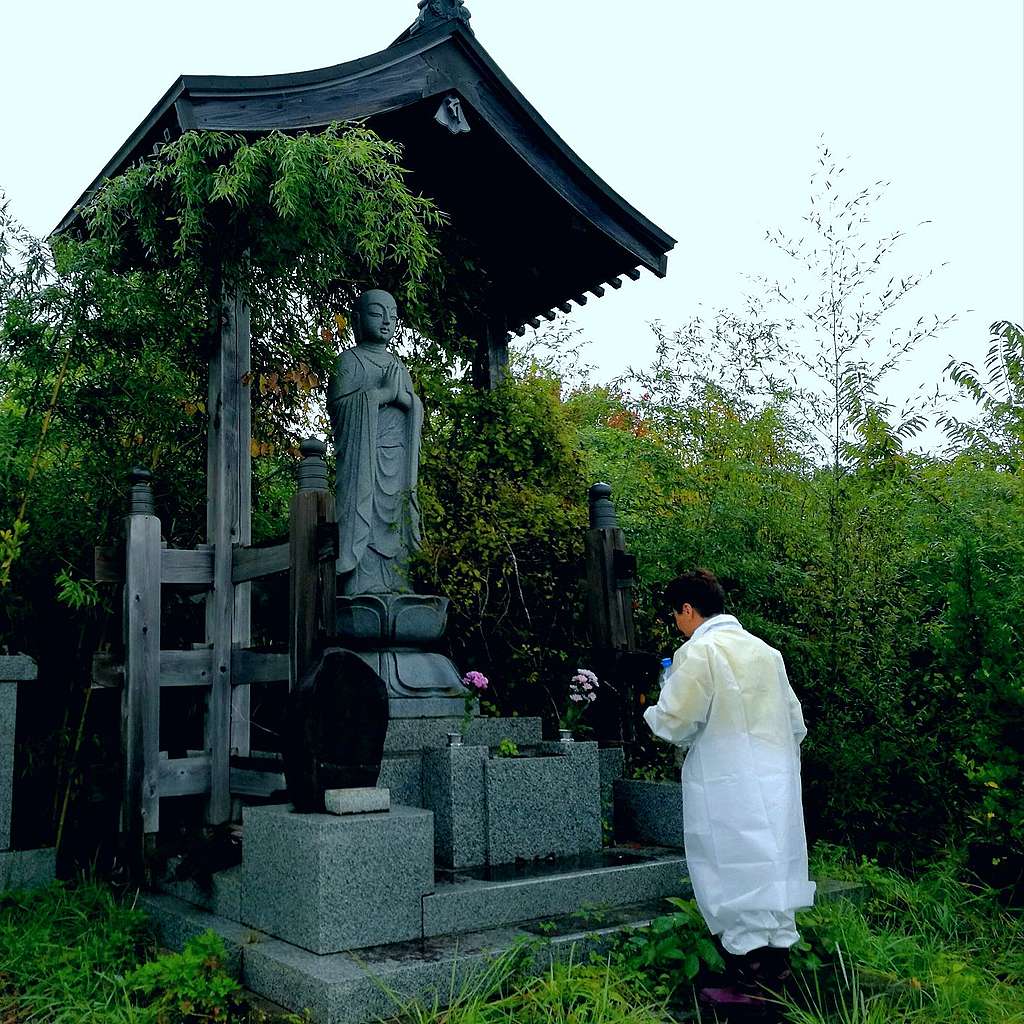
Message from Greenpeace
10 years after the Fukushima nuclear disaster, the Greenpeace Japan office has lately issued a report on “Fukushima Daiichi 2011-2021“, in which it unveiled 85% of the “Special Decontamination Area (SDA)” has yet to be decontaminated as the Japanese government claimed it had. Greenpeace urges both the Japanese government and the Tokyo Electric Power Company to map out decommission plans of Fukushima Daiichi Nuclear Plant, for the interests and safety concerns of the local residents and the environment.
(This is written a day before the 10th anniversary of the Fukushima nuclear disaster.)
To read more:

